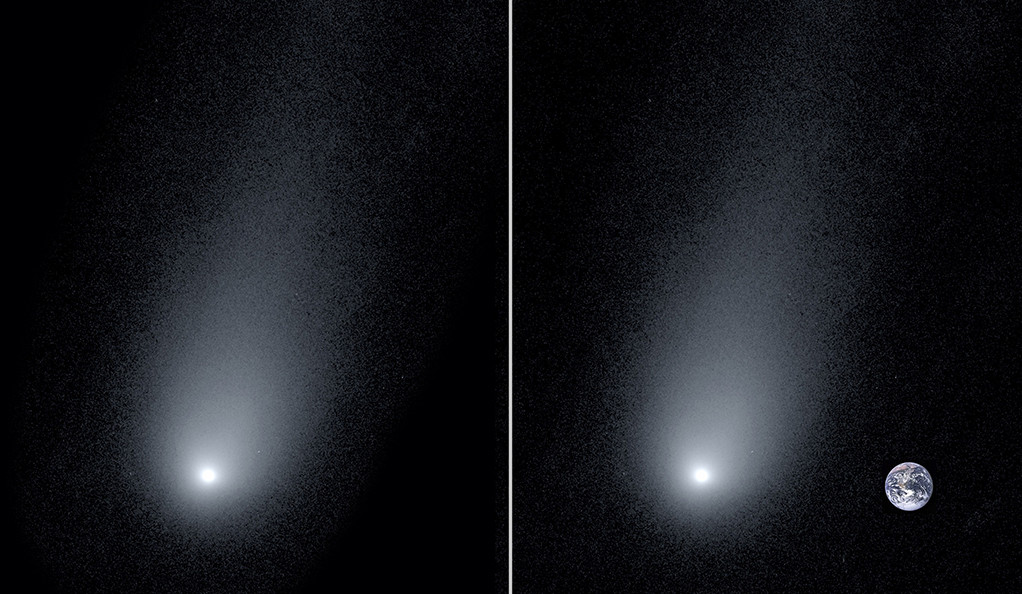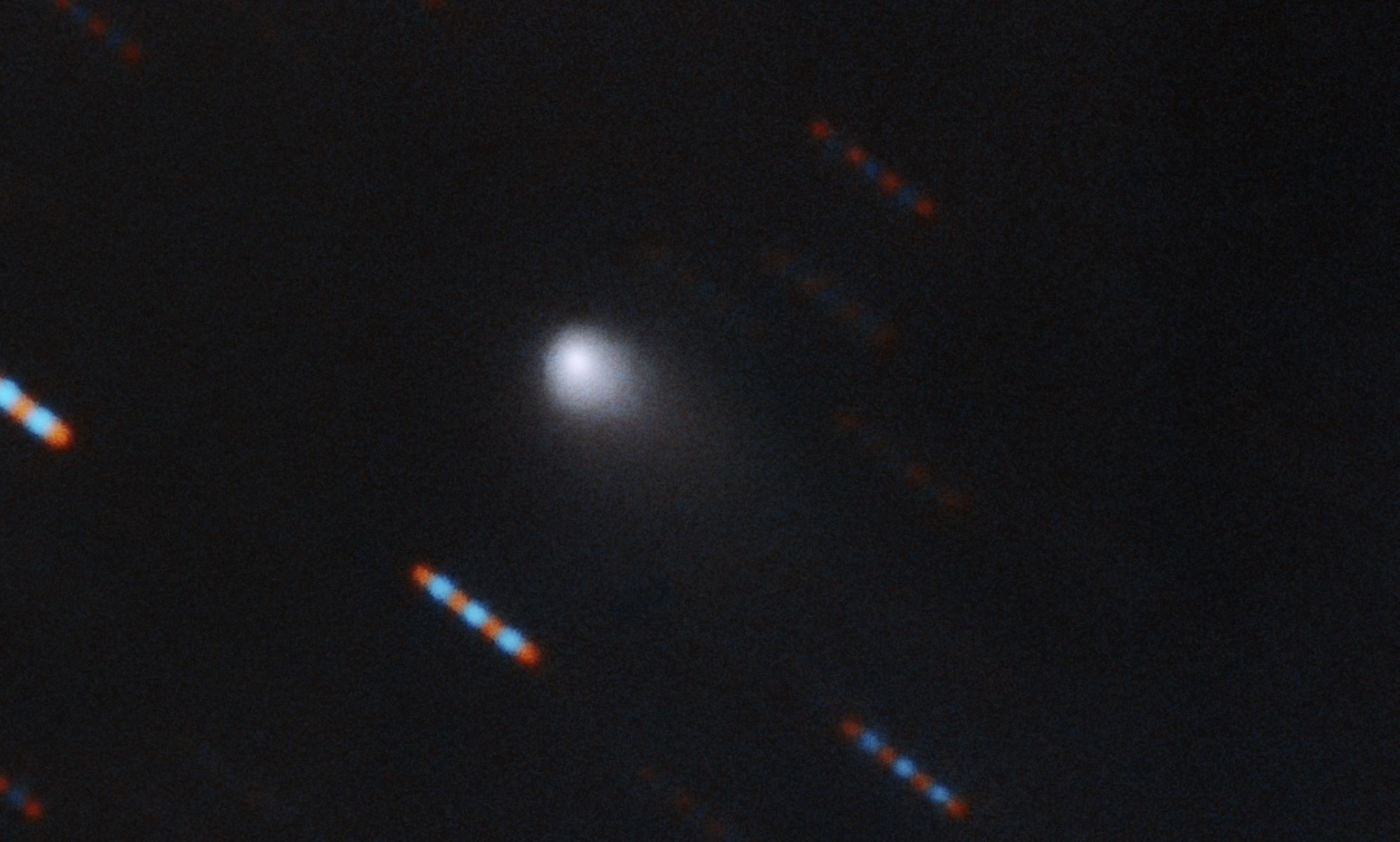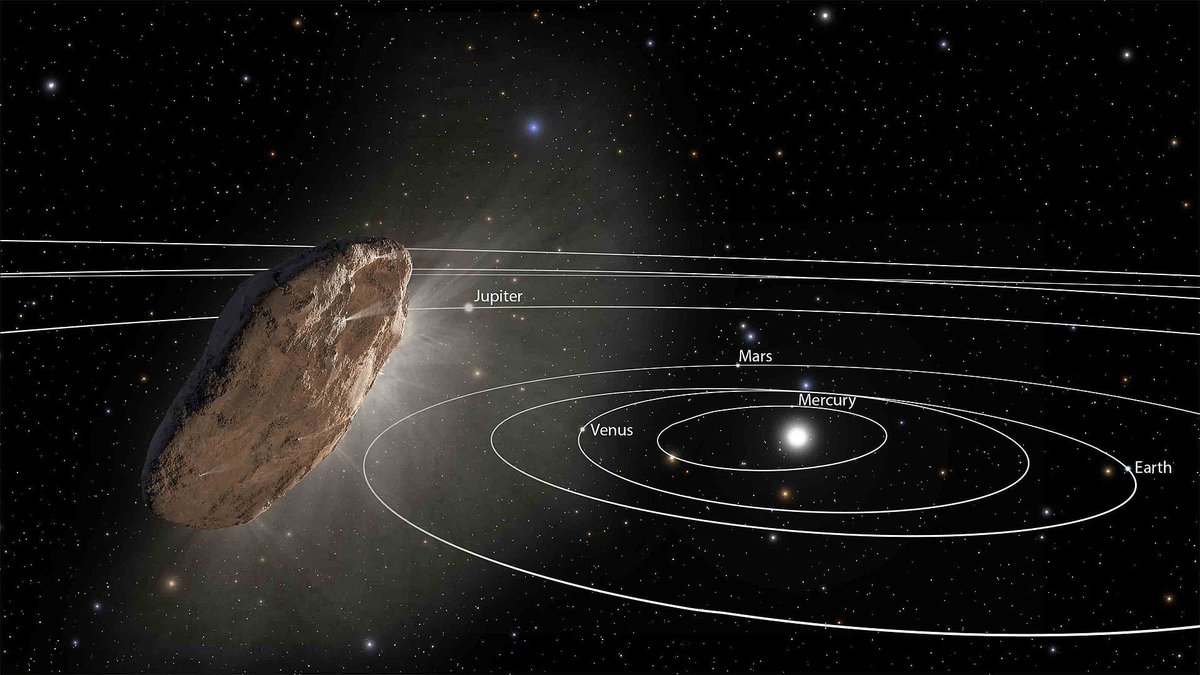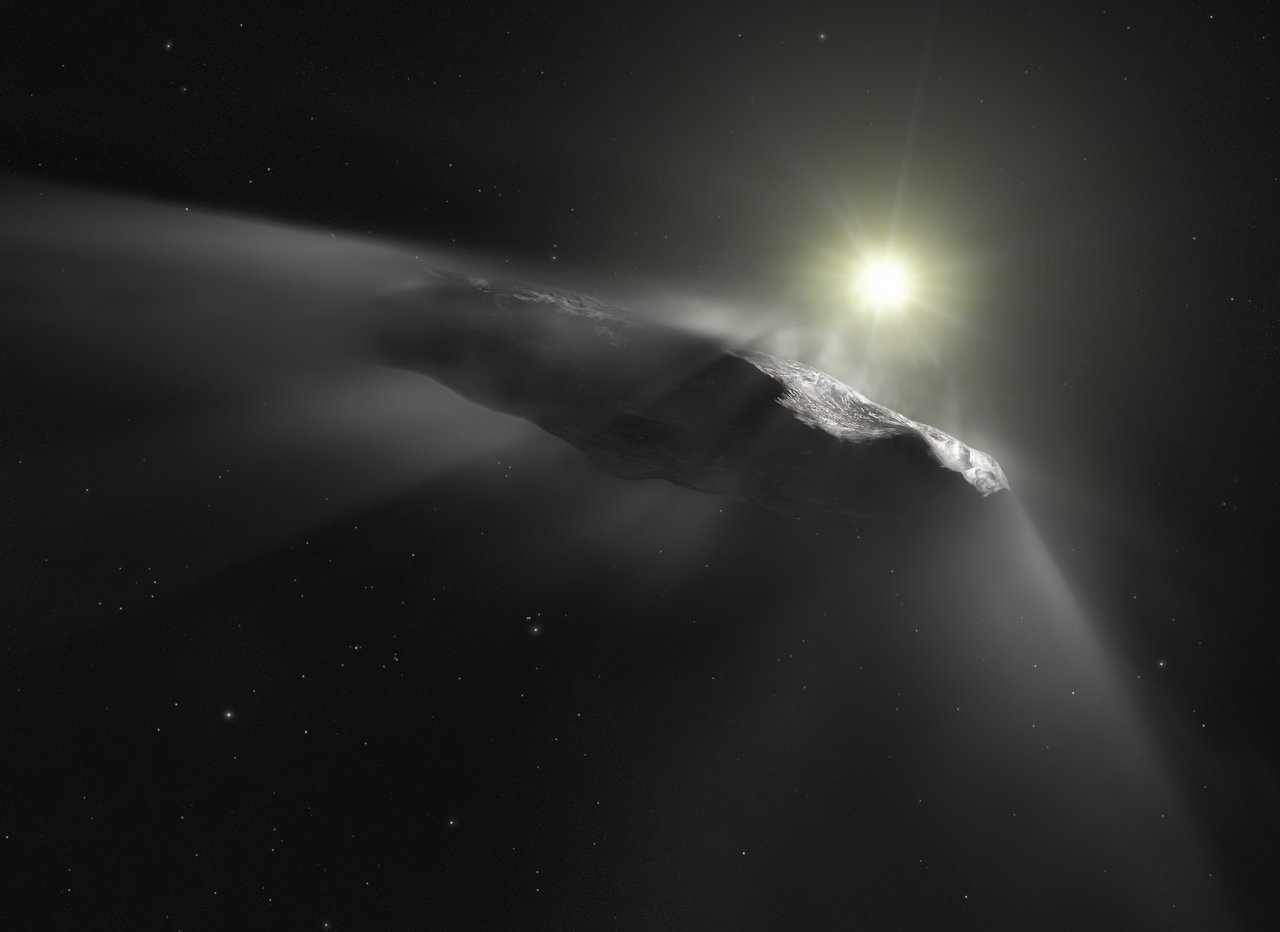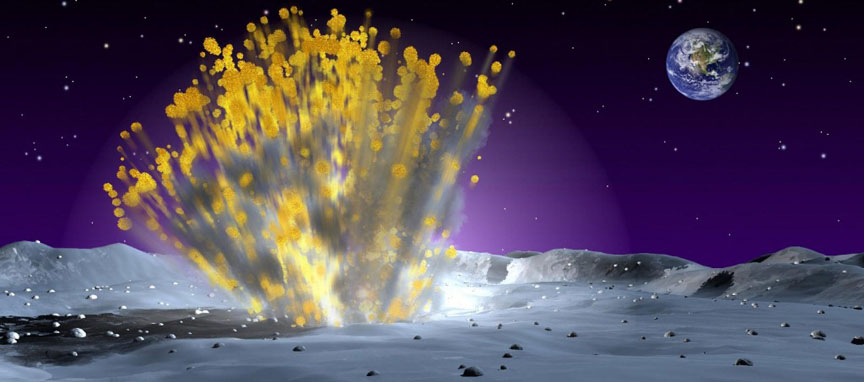When Canadian astronomer Robert Weryk discovered `Oumuamua passing through our Solar System with the Pan-STARRS telescope, in October 2017, it caused quite a stir. It was the first interstellar object we’d ever seen coming through our neighbourhood. The excitement led to speculation: what could it be?
There was lots of fun conjecture on its origins. Was it an alien spacecraft? A solar sail? Or something more prosaic?
Continue reading “Interstellar Oumuamua Was a Dark Hydrogen Iceberg”

